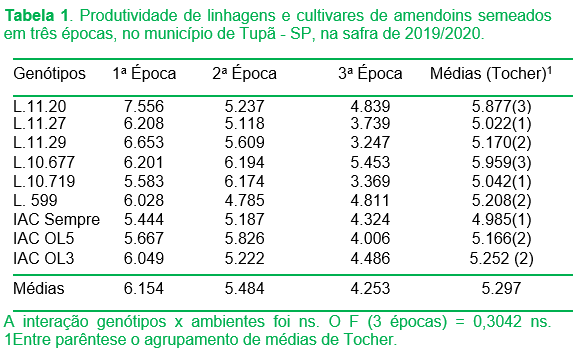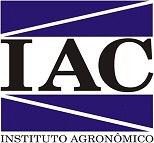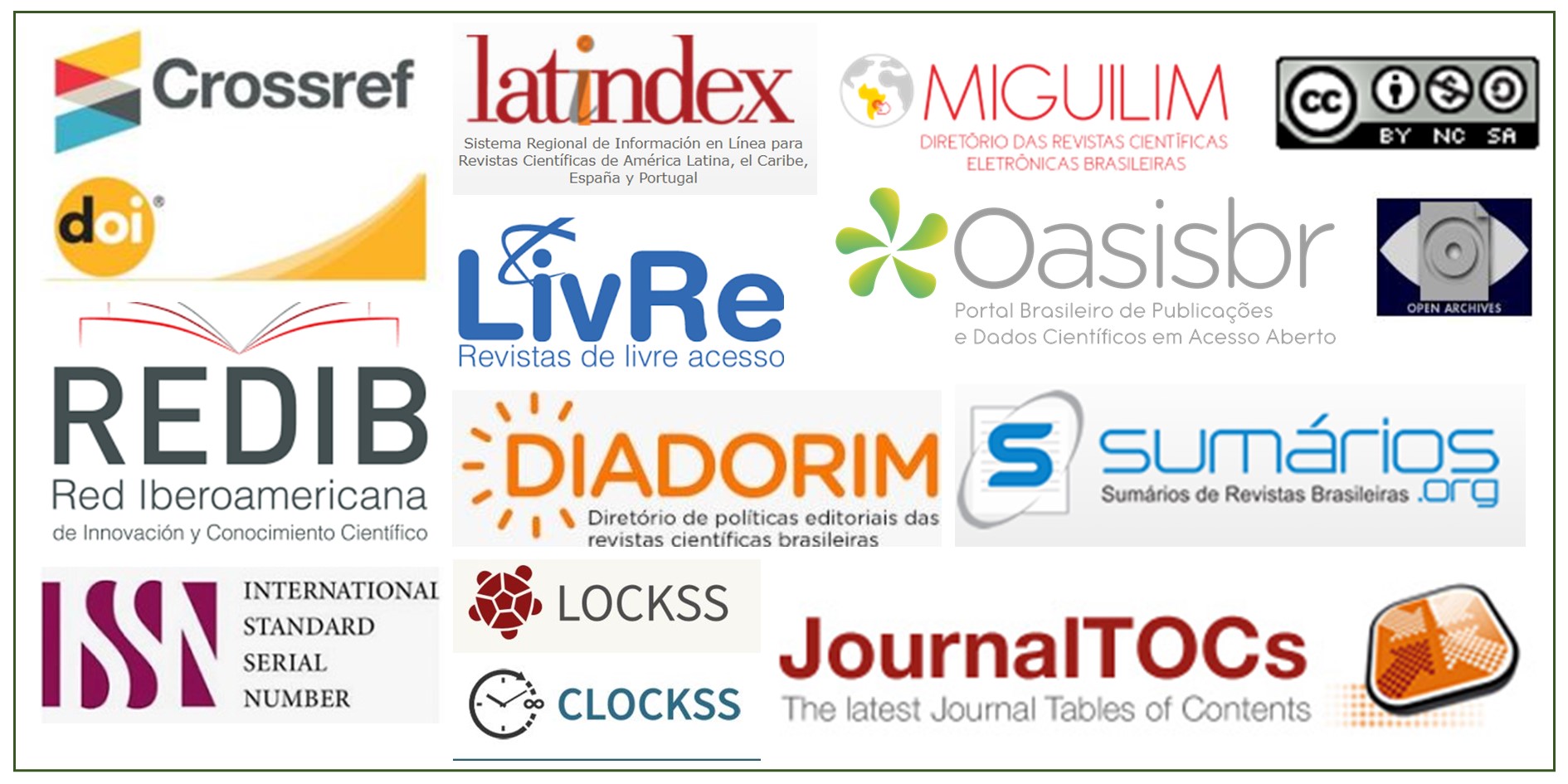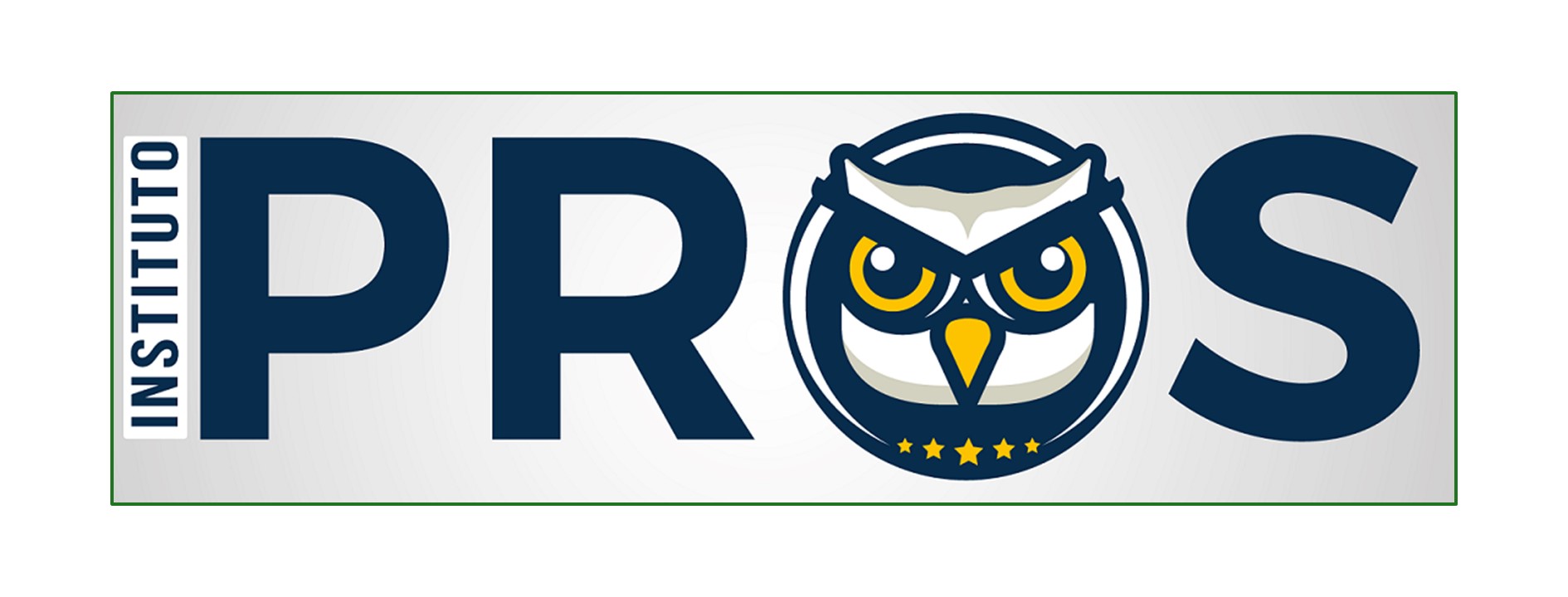Productive potential and resistance to virosis in lines and cultivars of peanuts in the region of Tupa, Sao Paulo
DOI:
https://doi.org/10.17648/sas.v1i1.27Keywords:
Arachis hypogaea L., Peanut breeding, virusAbstract
New peanut lines selected from the breeding programs hould also be planted in large plots next to grower´s fields. Nine peanut breeding lines and cultivars were evaluated in Tupã, SP, during the 2019/2020 growing season in an experiment comprising three planting dates in large plots of six rows of ten meters. Cultivation management was as the indicated for the peanut crop in São Paulo. Plots of the second and third planting dates were infested by vírus, with symptoms characteristic of GRSV (Groundnut Ringspot Virus). Each of these plots was then evaluated for the number of plants with vírus symptoms. Yield data showed the highest values in the first planting, and a decrease in the second and third planting date. Among all genotypes tested, line 11.20 showed the highest yield especially at the first planting date. Line 10.677 showed a good yield stability and the highest average yield over the three planting dates. This line also presented the lowest number of vírus infested plants, indicating a potential for vírus resistance.
Downloads

Downloads
Published
How to Cite
Issue
Section
License
Copyright (c) 2020 South American Sciences

This work is licensed under a Creative Commons Attribution-NonCommercial-ShareAlike 4.0 International License.
Autores concordam com os seguintes termos:
a) Os autores mantêm os direitos autorais e concedem à revista o direito de primeira publicação, com o trabalho simultaneamente licenciado sob a LicençaAttribution-NonCommercial-ShareAlike 4.0 International, que permite o compartilhamento do trabalho com reconhecimento da autoria e publicação inicial na Revista SAS. A licença permite o uso, a distribuição e a reprodução irrestrita, em qualquer meio, desde que devidamente citada a fonte. Essa licença permite também que outros remixem, adaptem e criem a partir do seu trabalho para fins não comerciais, desde que atribuam a você o devido crédito e que licenciem as novas criações sob termos idênticos.
b) Não cabe aos autores compensação financeira a qualquer título, por artigos ou resenhas publicados na South American Sciences.
c) Os conceitos expressos nos artigos publicados na South American Sciences são de inteira responsabilidade de seus autores.








